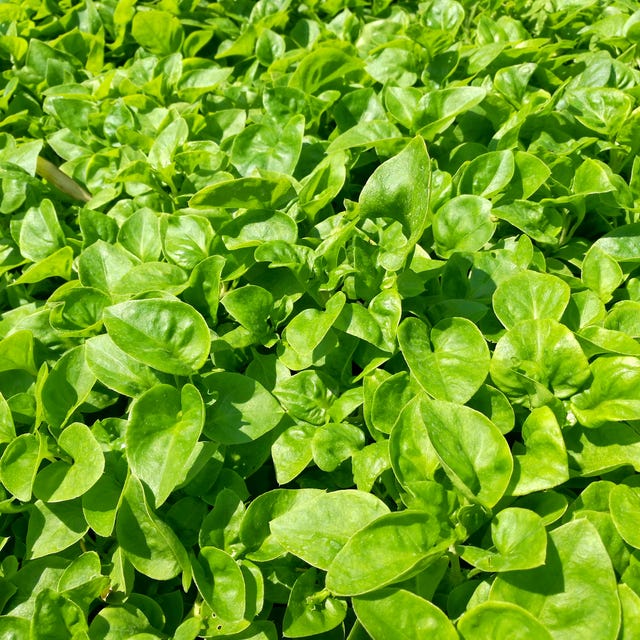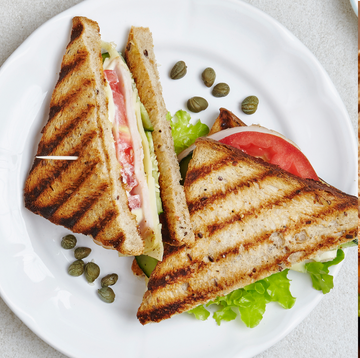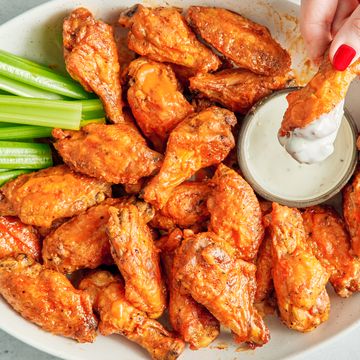Step aside, kale—there’s a new superfood on the scene. Agriculture and nutrition experts have recently identified the healthiest vegetable on Earth.
The CDC assigns nutrition density scores to produce based on their concentration of essential vitamins and minerals. Usual suspects like spinach, chard, and beet greens all have scores ranging in the 80s. But the only vegetable to earn a perfect score of 100 is watercress.
“What’s watercress?” you may ask. This leafy green is part of the Brassicaceae family and grows in bodies of fresh water, like streams and ponds. It’s closely related to cabbage, kale, radishes, and mustard. Its scientific name, Nasturtium officinale, translates from Latin as “nose twister.” And if you've ever taken a bite of the mature leaves, you know why.
Watercress has a pungent, peppery flavor—almost as if you crossed arugula with horseradish. B&W Quality Growers reports that watercress has been eaten for over three millennia. It was a staple ingredient in ancient Greek, Persian, and Roman civilizations. The peppery vegetable was even on the menu at the first Thanksgiving.
Because of its abundance in moist, temperate environments, some regions consider the watercress to be a weed. But its steady supply also makes it a reliable and nutrient-dense food source. The BBC reports that street vendors sold it as a snack in Victorian-era London and called it “poor man’s bread.” It’s been consumed for medicinal purposes across Europe and Asia for thousands of years.
And they were clearly onto something. “Watercress has a lot of health benefits,” says Dr. Amy Lee, Head of Nutrition for Nucific. “It’s high in vitamin A and potassium, more so than your typical lettuce.” And to top it off, watercress contains more vitamin C than an orange does—which explains why Captain James Cook considered the vegetable to be a scurvy cure while he circumnavigated the Earth.
The only downside? It can be difficult to find. “It’s not super common,” says Dr. Lee. “It can only be found at specialty markets and places like Whole Foods, not your typical Safeway.” But if you manage to get your hands on some watercress, there are plenty of ways to incorporate it into your diet.
What To Cook With Watercress
Younger sprouts have a more mild flavor and tender, hollow stems. This makes them ideal for raw preparations, like adding to salads and topping dishes like you would with parsley and cilantro. Mature watercress takes on a much more intense and peppery flavor. The stems also become more tough and fibrous, so they should be cooked down to be made more palatable.
Dr. Lee grew up eating plenty of watercress in stir fries and savory broths. Just like with any vegetable, Dr. Lee says it’s important to not overcook them. “The longer you cook vegetables, the more the vitamins escape,” she says. "It leeches into the cooking liquid and you’re left with the vegetables and nothing else.”
That’s not to say that the best way to eat it is raw, however. For mature watercress especially, breaking down some of the fibrous stems through cooking helps to make more of the nutrients bioavailable. “There’s only so much time to break down and metabolize food before it moves through your digestive system,” Dr. Lee says. “It’s a balancing act.”













